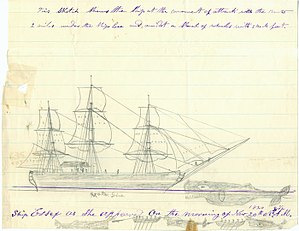
We are all creative. We must be because we all create. We all make things up. Each day we create thoughts, ideas, meals, impressions, relationships, goals, deals, situations, and objects of all types, shapes, and sizes. We create sadness, happiness, love, peace, violence, and everything in between. We create order out of chaos and chaos out of order. Occasionally we create works of art. To an extent, we create ourselves: each of us is a work in progress.
Sometimes the acts of creation are haphazard and sometimes they are well-thought-out, well-planned, intentional acts. It’s a little bit easier to be intentional about creating when we know that’s what we’re doing. I think one reason we sometimes have a limited view of creation is because we think it only applies to such things as art or music. Maybe we assume you have to have some special ability to create things. Maybe we also assume there is always intention behind creation. But these thoughts or concepts just obscure the reality that we are always in the process of creating something.
Creation is essentially a form of communication. It is how we express our authentic selves in the world. There is a Native American view that each of us possesses original medicine, meaning that we each have something original to contribute to the world. If we’re willing to experiment, to make a mess, to explore both the inner and the outer world, we can better determine what it is that we have to contribute and how we might make our contributions.
Holding back out of fear, false modesty, or an unwillingness to make a mess doesn’t serve us or those around us. Moving forward in the middle of the mess, the uncertainty, and the lack of guarantees is just the way of being in the world, of fully participating. And, really, what else is there to do?



